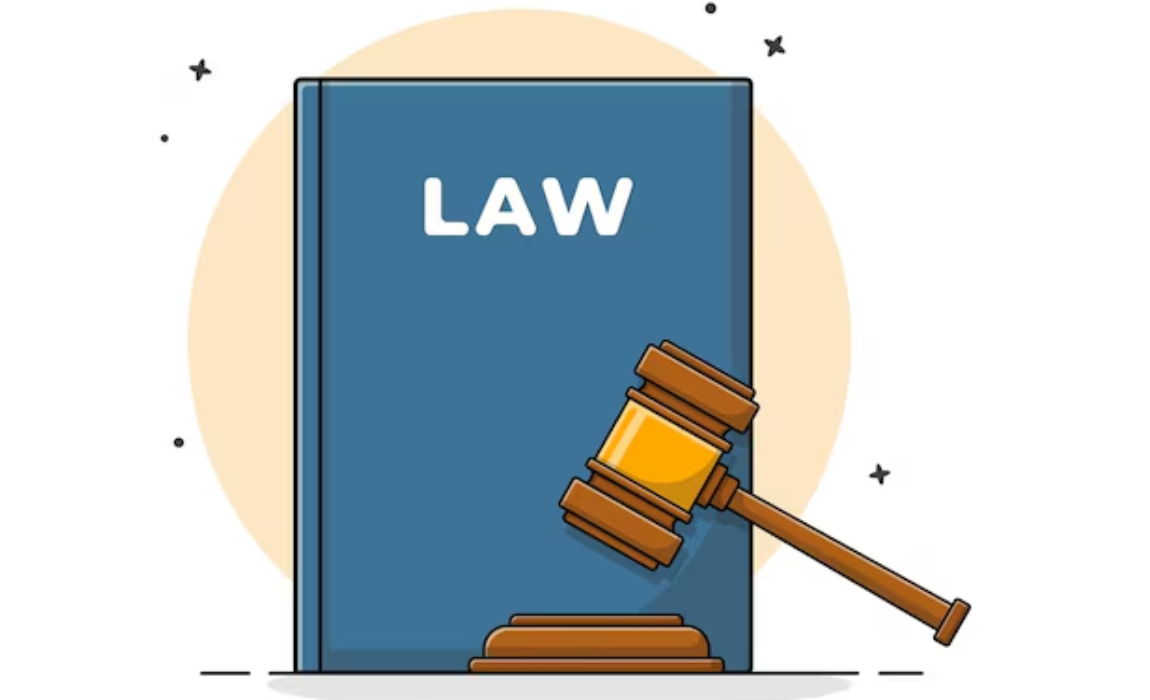SECTION 25: ACT NOT INTENDED AND NOT KNOWN TO BE LIKELY TO CAUSE DEATH OR GRIEVOUS HURT, DONE BY CONSENT

Under Section 25 of the Bharatiya Nyaya Sanhita, 2023, an act that neither intends to cause death nor grievous hurt, and which the doer is unaware is likely to cause such outcomes, is not considered an offence if conducted with the consent of an individual aged eighteen or older. This consent can manifest in various forms, either expressed verbally or through implied agreement based on circumstances.
This section embodies the legal maxim volenti non fit injuria, which asserts that a person who consents to an act cannot later claim injury resulting from that act. This principle is rooted in the recognition of personal autonomy—the right of individuals to make choices about their own participation in potentially harmful activities.
For example: Consider the scenario where A and B engage in a friendly game of football. During the course of the game, B inadvertently kicks the ball, striking A in the face and causing injury.
In this case, A's participation in the game implies consent to the inherent risks associated with playing football. Therefore, A cannot subsequently seek damages from B, as the consent effectively absolves B from liability.
Immunity from Liability: It is critical to note that while consent may serve as a defence for actions resulting in minor injuries, it does not provide immunity in circumstances involving death or grievous hurt. This was notably clarified in Poonai Fattemah v. Emperor ((1869) 12 WR (Cr) 7), wherein it was established that the presence of consent may alleviate the severity of the offence but does not exonerate the doer from culpability when such serious consequences ensue.
Section 26: Act Not Intended to Cause Death, Done by Consent in Good Faith for Person's Benefit
Under Section 26, an act that isn’t meant to cause death and is carried out in good faith for someone else's benefit won’t be treated as an offence, provided that the individual has consented to the potential harm. This consent can be either clearly stated or implied by the circumstances.
This provision is particularly relevant in medical contexts, where practitioners may need to perform interventions that carry inherent risks. It recognizes the ethical obligation of medical professionals to act in the best interest of their patients, provided that such actions are consensual.
For example: If A, a qualified surgeon, performs a high-risk operation on patient Z, fully aware that the procedure has a possibility of leading to death but without any intention of causing it A will not incur liability if Z consented to the operation, believing it to be necessary for alleviating suffering. This reinforces the notion that good faith actions aimed at benefitting another can be shielded from legal repercussions, as long as they meet the conditions outlined.
Section 27: Act Done in Good Faith for Benefit of Child or Person of Unsound Mind, by, or with Consent of Guardian
Section 27 further elaborates on the concept of consent by permitting guardians to provide consent on behalf of minors (those under twelve years) or individuals deemed to be of unsound mind. The provision underscores that any action taken in good faith to benefit such individuals, with the guardian's consent, shall not constitute an offence.
Limitations: However, it is paramount to emphasize that this provision does not extend to actions that are intentionally aimed at causing death or grievous hurt. The law maintains strict boundaries to ensure that vulnerable individuals are protected from potential harm, thereby preserving the integrity of the consent given.
For example: In a practical scenario, if a guardian, fully cognizant of the risks, takes their child to a surgeon for an operation intended to cure a serious medical condition, and the guardian consents to the procedure—however, the operation inadvertently results in the child's death—neither the guardian nor the surgeon would be held liable, provided their intentions were centered on the child's well-being.
Section 28: Consent Known to Be Given Under Fear or Misconception
Section 28 describes the conditions under which consent can be deemed invalid. It clarifies that consent is not valid if it is given under duress, fear of injury, or based on a misunderstanding of facts.
Conditions for Invalid Consent:
• Consent procured under the threat of harm or injury cannot be considered legitimate.
• Individuals who lack the mental capacity to comprehend the nature and implications of their actions—such as those of unsound mind or intoxicated persons—cannot provide valid consent.
• Additionally, consent from minors (specifically those under twelve years) is inherently invalid.
Legal Precedent: The ruling in Anurag Soni v. State of Chhattisgarh (AIR 2019 SC 1857) serves to illustrate that consent obtained through deceit—such as a false promise of marriage—renders the consent void, qualifying the act as rape. This reinforces the need for clear, informed, and voluntary consent in all interactions.
Section 29: Exclusion of Acts Which Are Offences Independently of Harm Caused
Section 29 states that the exceptions provided in Sections 25, 26, and 27 do not apply to acts that are classified as offences independently of any harm they may cause. Certain actions, by their very nature, carry criminal implications regardless of consent.
For instance, in cases of miscarriage, unless conducted in good faith to preserve the life of the woman, such acts remain criminal regardless of any consent provided. This principle safeguards against the potential exploitation of vulnerable individuals by ensuring that the law recognizes certain actions as inherently unacceptable, irrespective of circumstances.
Conclusion
The provisions in the Bharatiya Nyaya Sanhita, 2023, particularly Sections 25 to 29, highlight the careful balance between individual freedom and the need for legal safeguards against harm. Consent plays a key role as a defence in certain situations, but it comes with important limitations to prevent misuse and protect vulnerable individuals.
